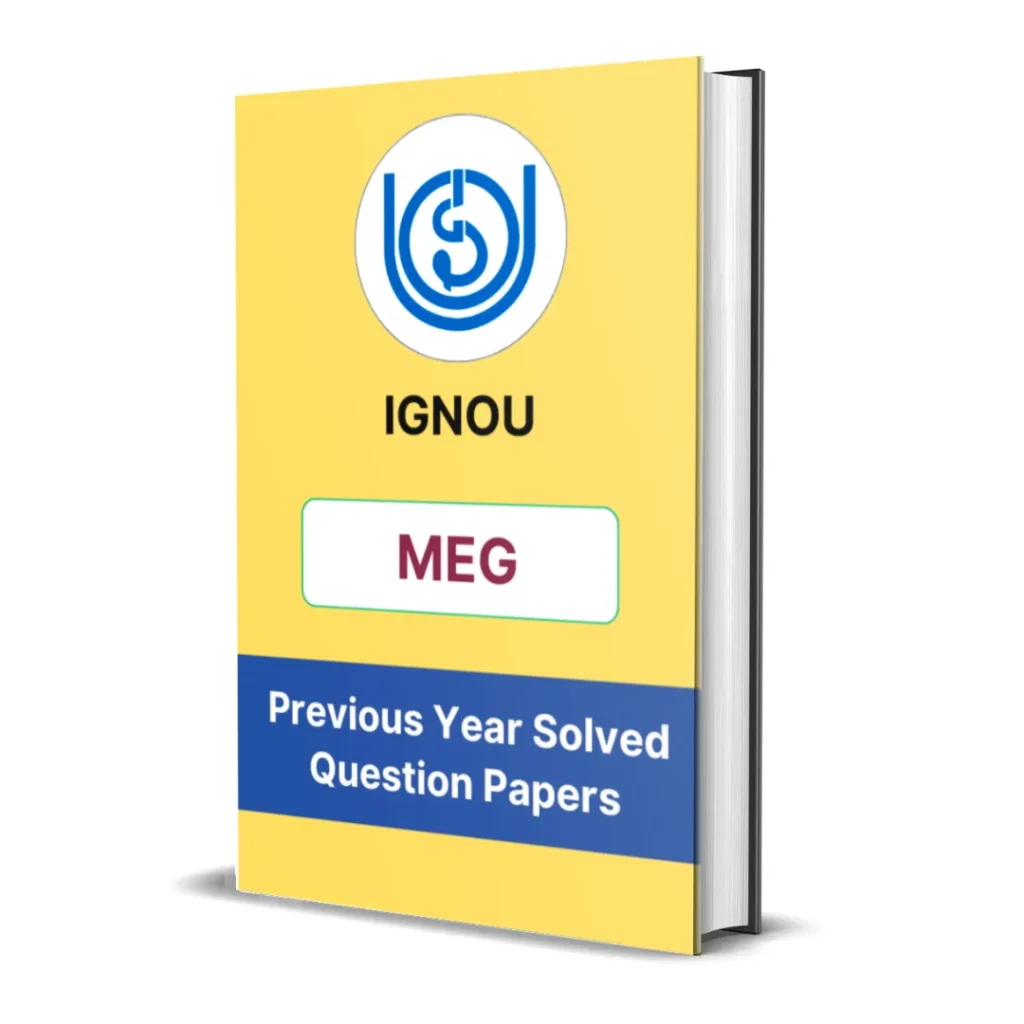IGNOU MEG-16 Block 1 Summary | Folk Literature and Language
- Last Updated On October 20, 2025
Table of Contents
Here you will get the detailed summary of IGNOU MEG 16 Block 1 – Folk Literature and Language: Research and Pedagogy.
We have provided the summary of all units starting from unit 1 to unit 4.

Unit 1 – An Introduction to Folklore
IGNOU MEG-16 Block 1 focuses on introducing folklore as an essential part of human cultural expression. The unit defines folklore as the collective body of traditions, customs, myths, legends, songs, tales, and beliefs passed down orally through generations. It highlights folklore as both a social document and a creative art form, reflecting the values, fears, and aspirations of a community.
The unit traces the development of folklore studies as an academic discipline and discusses its relationship with literature, anthropology, and linguistics. It emphasizes that folklore preserves local identities and histories while also adapting to changing times. By studying folklore comparatively, scholars can understand how oral traditions shape cultural continuity and reveal shared human experiences across regions and societies.

Unit 2 – Thematic & Narrative Concerns of Indian Folk Literature
IGNOU MEG-16 Block 1 focuses on exploring the themes and narrative structures that characterize Indian folk literature. The unit examines how folk tales, ballads, and myths express collective wisdom and moral values while addressing everyday life, spirituality, and social justice.
Common themes include the victory of good over evil, devotion and sacrifice, women’s endurance, the power of destiny, and the conflict between tradition and change. The unit highlights how these narratives are deeply rooted in the cultural and moral framework of Indian society.
Narratively, Indian folk literature is marked by repetition, rhythm, song, and performance, making it a communal rather than individual art form. The unit emphasizes how regional variations enrich these stories, while shared motifs and archetypes link them across languages and traditions, illustrating India’s cultural unity through diversity.

Unit 3 – Indian Folklore: Forms, Patterns and Variations
IGNOU MEG-16 Block 1 focuses on analyzing the various forms and patterns of Indian folklore, emphasizing its linguistic and regional diversity. The unit categorizes folklore into different forms such as folk tales, ballads, riddles, proverbs, legends, myths, and folk songs. Each form serves a distinct social and cultural purpose, ranging from entertainment to moral education and preservation of heritage.
It also discusses patterns and stylistic features, such as oral performance, repetition, formulaic expressions, and symbolic imagery, which give folk narratives their unique texture. The unit explores regional and community-based variations in folklore, showing how local environments, dialects, and customs influence storytelling traditions.
By studying these variations, the unit highlights how folklore represents both the unity and plurality of Indian culture, serving as a bridge between oral and written traditions and between the past and the present.
Unit 4 – Theoretical Approaches to Folklore
IGNOU MEG-16 Block 1 focuses on examining theoretical and methodological approaches to the study of folklore. The unit surveys major schools of thought, including the historical-geographical method, functionalism, structuralism, and psychoanalytic approaches.
The historical-geographical method traces the origin and diffusion of folk narratives, while the functionalist approach studies folklore as a social institution fulfilling cultural needs. Structuralism, influenced by Claude Lévi-Strauss, analyzes the underlying structures and binary oppositions in myths and tales, whereas the psychoanalytic approach (inspired by Freud and Jung) interprets folklore as an expression of collective unconscious desires and archetypes.
The unit also discusses modern interpretive and contextual approaches, which emphasize performance, audience, and social context. By understanding these frameworks, students can critically engage with folklore not merely as a cultural artifact but as a living, evolving discourse that continues to shape identities and traditions in contemporary society.